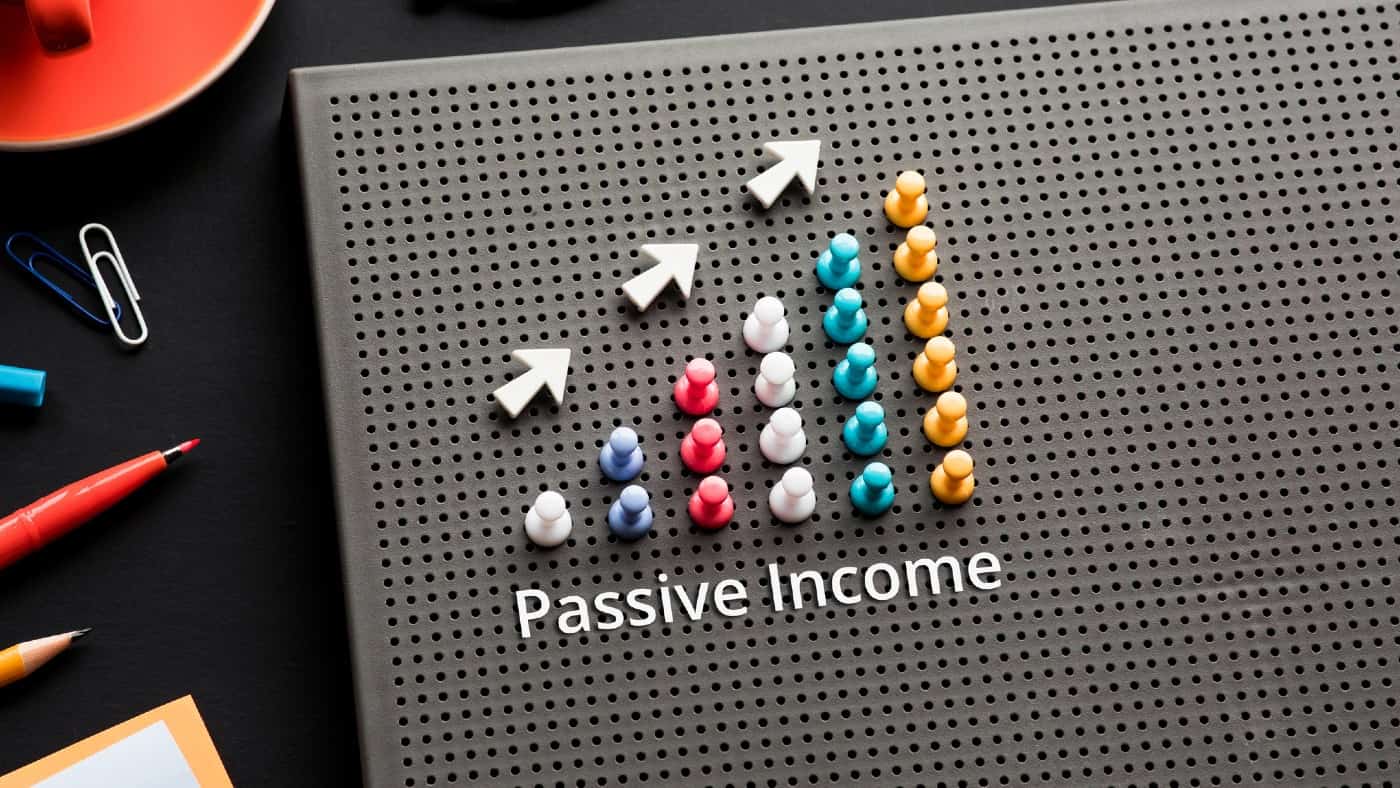With any financial decision I make, I want to be happy that I’m making a smart move. So when deciding on the income shares in which I should invest my money, the same applies. To try and limit my potential downside, here are several steps that I go through before making the choice to buy a particular stock for passive income.
Starting with the big picture
First, I want to start with my helicopter view. Which sectors do I believe will perform well in coming months and years? It’s from these areas that I want to select my stocks. Personally, I like renewable energy, healthcare and finance as three target areas.
To begin with, I only want to think about the sectors, not the level of income I can get. It’s pointless to jump straight in to looking at dividend yields if the stocks aren’t in areas that I believe in.
After this, I want to filter down to a stock-specific level. I now want to start to look at dividend potential. For example, I like renewable energy as a theme, but there might not be any options that pay out a dividend right now as all retained profit is being reinvested.
This doesn’t discount it completely from my mind as it could be a growth play, but I won’t be investing with my income hat on!
Comparing different income shares
Next I want to compare the selected stocks that do pay out a dividend with the index average. I like using the FTSE 100 average dividend yield as my benchmark. Ideally I want to find above average income payouts to generate some outperformance versus simply buying an index tracker.
If I continue with my example of finance, I can see which stocks I’d consider and those that would be cut from my shortlist at present. Standard Chartered has a yield of 1.72%, with NatWest Group offering 4.8%. The FTSE 100 average is 3.95%. From this I can see where I want to invest.
As a note of caution, dividend yields are constantly changing. In the near future, a company could increase or decrease the dividend per share. This could change my view on whether I’m going to buy or not. Therefore, although the yield is a useful barometer, I need to use it with a pinch of salt.
Getting ready to pull the trigger
After noting the yields, I want to check what the dividend history has been. Here I’m looking for a stock that has been paying out dividends continually for many years. This gives me confidence that the current run of form will continue.
Some sectors will have specific points to note here. During the pandemic, the financial regulator asked banks to halt paying dividends temporarily to protect their balance sheets. So again, this isn’t a hard and fast rule, but is definitely something I want to take note of.
Finally, with my shortlist of stocks, I want to see whether I should buy right now or not. Are half-year results due out in the next few days? When is the next dividend payment due? Factors such as these could influence if I want to buy straight away or put a stock on my watch list for the following month.
